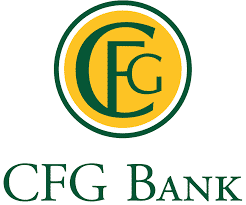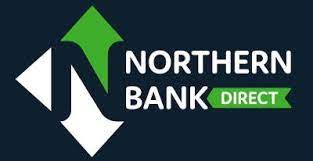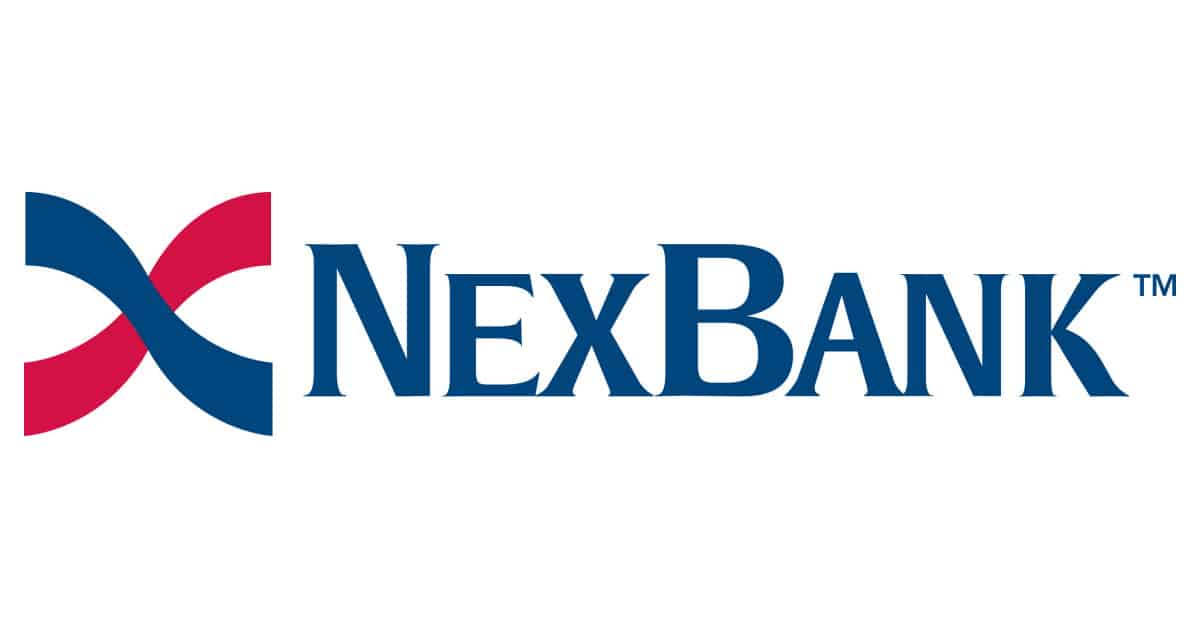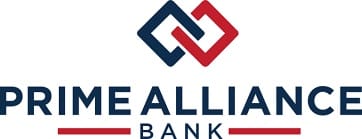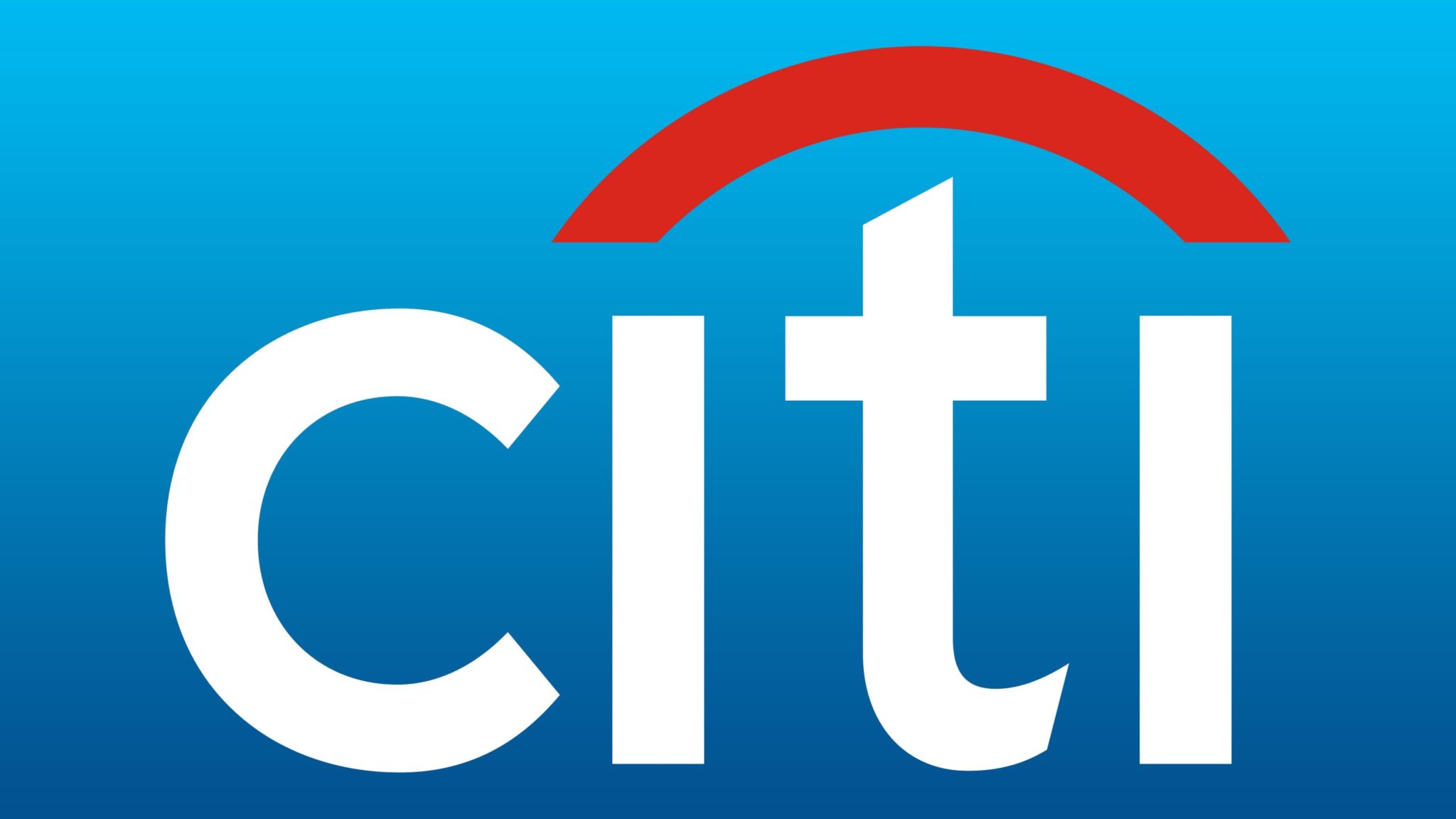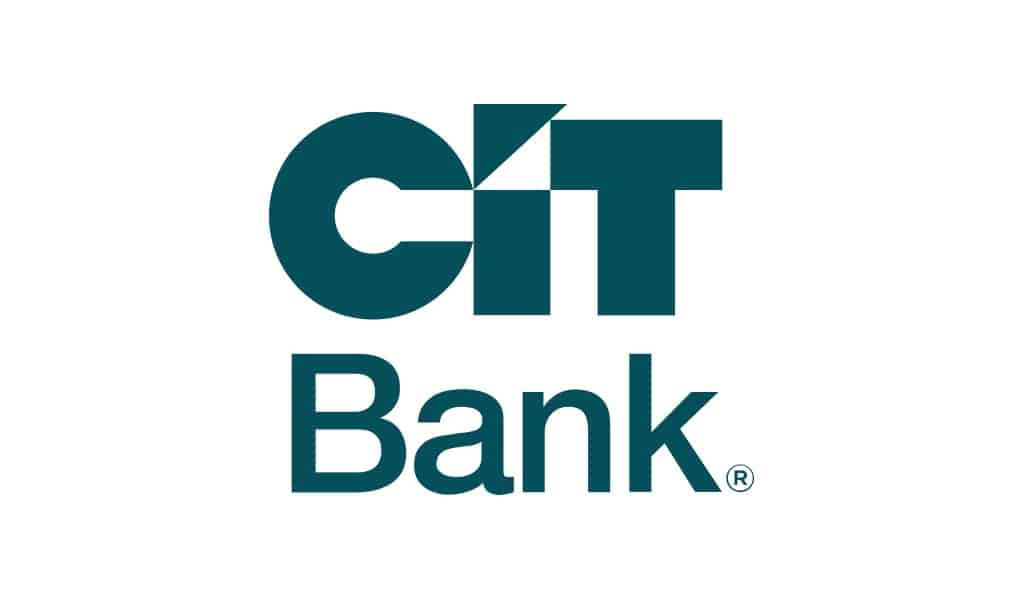Editorial Note: We earn a commission from partner links on Doughroller. Commissions do not affect our authors’ or editors’ opinions or evaluations. Learn more here.
Compare 5-year CD rates: We track the highest paying, nationally available 5-year CDs from federally insured banks and credit unions. Below we list the 60-month CDs in our database, ordered from highest APY to lowest.
Note that you may be able to find better rates with alternative account types. For example, online savings accounts or no-penalty CDs may offer higher yields.
Editor’s Pick

Alliant Credit Union currently offers a 60-month CD with an interest rate of %. The minimum deposit required is $1,000 but if you have at least $75,000 to deposit, Alliant offers jumbo CDs in all term lengths that can give a slight boost to your fixed APY.
- Current APY – %
- Minimum Deposit Requirement – $1,000
- Early Withdrawal Penalty – 180 days of simple interest
The Rest of the Best 5-Year CD
1. BMO Alto

Certificate of Deposit
Member FDIC
APY
3.90%
Term
60 Months
Min. Deposit
$0
Our Rating: 4.7
2. Quontic Bank

Certificate of Deposit
Member FDIC
APY
%
Term
60 Months
Min. Deposit
$500
Our Rating: 4.5
3. Discover® CD

Certificate of Deposit
Member FDIC
APY
3.40%
Term
60 Months
Min. Deposit
$0
Our Rating: 4.5
4. Credit Human

Certificate of Deposit
Member FDIC
APY
%
Term
36 – 59 Months
Min. Deposit
$500
Our Rating: 4.5
5. Popular Direct

Certificate of Deposit
Member FDIC
APY
%
Term
60 Months
Min. Deposit
$10,000
Our Rating: 4.5
Highest 5-Year CD Rates by APY
If your only concern is the best rate, we’ve compiled a list of the 25 best 5-year CD rates we could find. This list looks at more than 200 banks and more than 1,000 CDs.
108 Results

5-Year Mega Saver Share Certificate with One-time Bump
4.15%
$100,000
-
Creating a 5-Year CD Ladder
There are two primary reasons people shy away from a 5-year CD term.
- What happens if interest rates go higher?
- What happens if you need money in an emergency?
Five years is a long time to tuck your money away at a 4.35% APY and a lot can happen in that time. For example, in the last ten years, I’ve bought a house, got married, had two children, got divorced, etc. Each of those times, I had liquid assets to assist in paying for all of it. Had I put a lot of money away in a 5-year CD, I’m not sure I could have navigated those expenses.
The best way to mitigate these downsides is to create a CD ladder. The concept is quite simple actually; to sacrifice a small amount of interest, you can keep your funds much more liquid. For example, let’s assume you have $25,000 to invest in a 5-year CD at a 4.35% interest rate (this is just an example rate). Instead of plugging all $25,000 in at once, you decide to invest in five separate 5-year CD’s.
- Year one–$5,000 CD at 4.35% APY
- Year two–$5,000 CD at 4.45% APY
- Year three–$5,000 CD at 4.30% APY
- Year four–$5,000 CD at 4.20% APY
- Year five–$5,000 CD at 4.10% APY
It’s rare for a CD rate to stay static for five years, so I’ve created a little bit of fluctuation.
Losing Interest in a 5-Year CD
During the five years you’re investing in long-term CDs, you still maintain liquidity if you need it. What happens if your roof starts leaking in 24 months? Well, in the above scenario, you still have $15,000 available because you’ve only opened two 5-year CD’s at $5,000 a piece. After five years and your first CD matures, you’ll have ~$6,087 back in your hands. You can choose to once again open another 5-year CD, or keep the funds available.
However, creating a CD ladder means you’re sacrificing interest. Had you put the whole $25,000 into a 5-year CD term, the result would be a mature CD and a balance of $30,437. By laddering, after five years, you’ll only have generated ~$3,200 in interest and to earn the remaining ~$2,200, you’ll have to wait for your other four 5-year CDs to mature. Keep in mind that while you’re waiting to open a CD for your ladder, you can park your money in a high-yield savings account that is earning more than current 5-year CD rates.
How We Chose the Best 5-Year CDs
Three primary factors went into rating the best 5-year CDs we could find.
- Interest Rate (APY) – First and foremost, the CD interest rate has to be top-tier. Many brick-and-mortar banks offer long-term CD rates well below the rates you can find online so it’s common for high rates to come from banks you’ve probably not heard of before. That’s OK because all banks on our list are FDIC-insured or NCUA-insured.
- Minimum Deposit Requirement – For some depositors, dropping five or six-figure deposits is easy but for others, it’s impossible. We strive to include CDs that have little to no deposit requirement so anyone can open a CD quickly.
- Early Withdrawal Penalty – Some 5-year CDs have multiple-year penalties for closing your CD early so be careful to always plan as best you can to leave your deposit alone. If you have to close the CD early, we’ve tried to find banks that offer 5-year CDs with interest penalties of less than 12 months.
Banks we included in our review are as follows: Affirm, Alaska USA Federal Credit Union, All America Bank, Alliant Credit Union, Ally Bank, Amalgamated Bank, America First Credit Union, American Express National Bank, Andrews Federal Credit Union, Associated Bank, Axos Bank, Bank of America, Bank of the West, Bank5 Connect, Bank7, Barclays, Bask Bank, Bethpage Federal Credit Union, BMO, BMO Alto, Boeing Employees Credit Union, Bread Savings, Capital One, Carver Federal Savings Bank, Charles Schwab Bank, Chase, Chime, CIBC U.S., CIT Bank, Citibank, Citizens, Citizens Bank, City First Bank, Climate First Bank, Commerce Bank, Community First Credit Union of Florida, ConnectOne Bank, Connexus Credit Union, Consumers Credit Union, Credit Human Federal Credit Union, Current, Delta Community Credit Union, Discover Bank, E*TRADE, EverBank (formerly TIAA Bank), Fifth Third Bank, First Foundation, First National Bank, First Tech Federal Credit Union, Flagstar Bank, FNBO Direct, GO2bank, GreenState Credit Union, Golden 1 Credit Union, Greenwood, Hope Credit Union, Huntington Bank, Industrial Bank, Ivy Bank, KeyBank, Lake Michigan Credit Union, LendingClub Bank, Liberty Bank, Live Oak Bank, M&T Bank, Marcus by Goldman Sachs, mph.Bank, Nationwide (by Axos), Navy Federal Credit Union, NBKC, One, OneUnited Bank, Pentagon Federal Credit Union, PNC, Ponce Bank, Popular Direct, Quontic Bank, Regions Bank, Revolut, Salem Five Direct, Sallie Mae Bank, Santander Bank, SchoolsFirst Federal Credit Union, Security Service Federal Credit Union, Securityplus Federal Credit Union, Self-Help Credit Union, Service Credit Union, SoFi, State Employees’ Credit Union of North Carolina, Suncoast Credit Union, Synchrony Bank, TAB Bank, TD Bank, Truist Bank, U.S. Bank, UFB Direct, Union Bank, Upgrade, USAA Bank, Varo, Vio Bank, Wells Fargo, Western Alliance Bank and Zynlo Bank.
Frequently Asked Questions (FAQ)
Why Open a 5-Year CD if Savings Rates are Higher?
When you compare current 5-year CD rates vs. high-yield savings accounts, many savings accounts offer a better APY. In high-rate environments, short-term rates are typically higher than long-term ones because the chance of rates falling is greater than the chance of rates rising.
5-Year CD rates are smart to lock in when you believe rates will begin to decline. You may not have the best rate during year #1 but as rates continue to fall, you’ll be outpacing most every other deposit investment by year #5.
How Much Can I Put Into a 5-Year CD?
Most banks will allow you to deposit as much as you want when opening a 5-year CD but FDIC typically only covers the first $250,000 per depositor. This means that you can open multiple CDs in family members’ names (spouse, children, etc.) and each one will receive the $250,000 insurance.
What you cannot do is open multiple 5-year CDs in your name from the same bank and expect the insurance to cover more than $250,000. Remember, the rule is per depositor, per product, per bank.
Final Thought on the Best 5-Year CDs
As we open 2024, a lot of very smart people (including myself) believe that rates will begin to decline very soon. How fast and by how much is anyone’s best guess but locking in a long-term CD sometime shortly would be wise.
Starting in January, I will begin building a 5-year CD ladder with Alliant Credit Union. When finished, I expect to have earned more interest than anyone who left their cash in a high-yield savings account over the same time period.
Editor’s Note: Check your local banks for the best 5-year CD rates as well. Sometimes the national brands can’t match what your bank down the street can provide.














